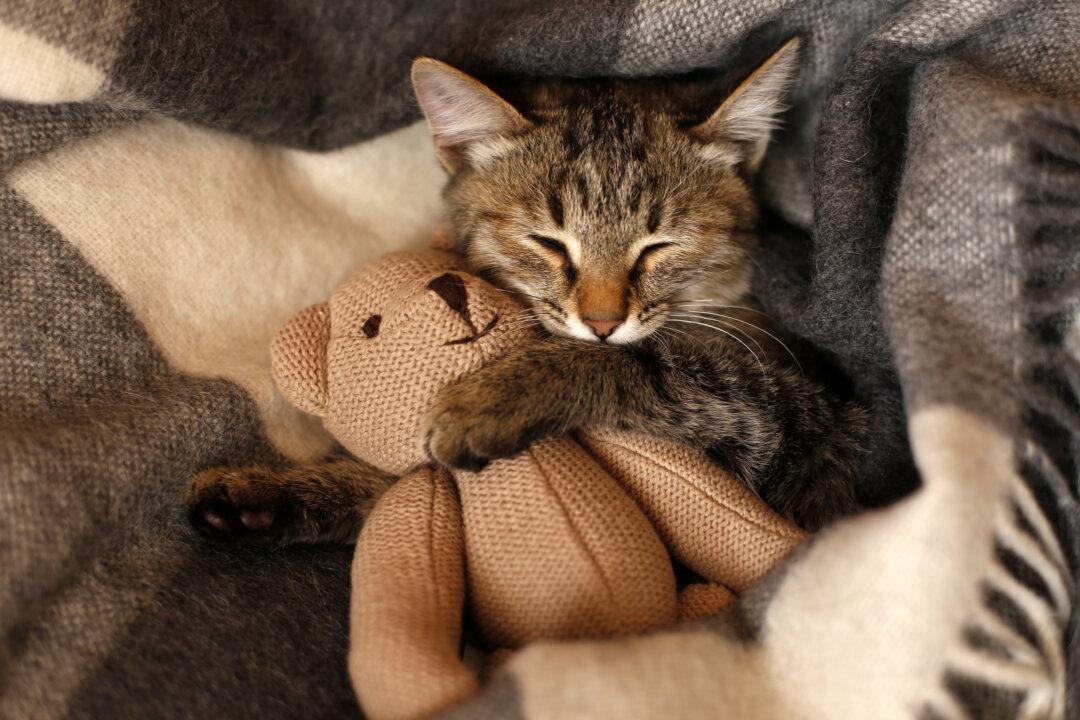Commentary
A terrible downside to modern methods of indoor temperature control is that they diminish the seasons. Set the digital machine on the perfect temperature and then the outside weather doesn’t matter in the slightest. It could be snowing or blasting sun outside, but the indoors feels the same.





